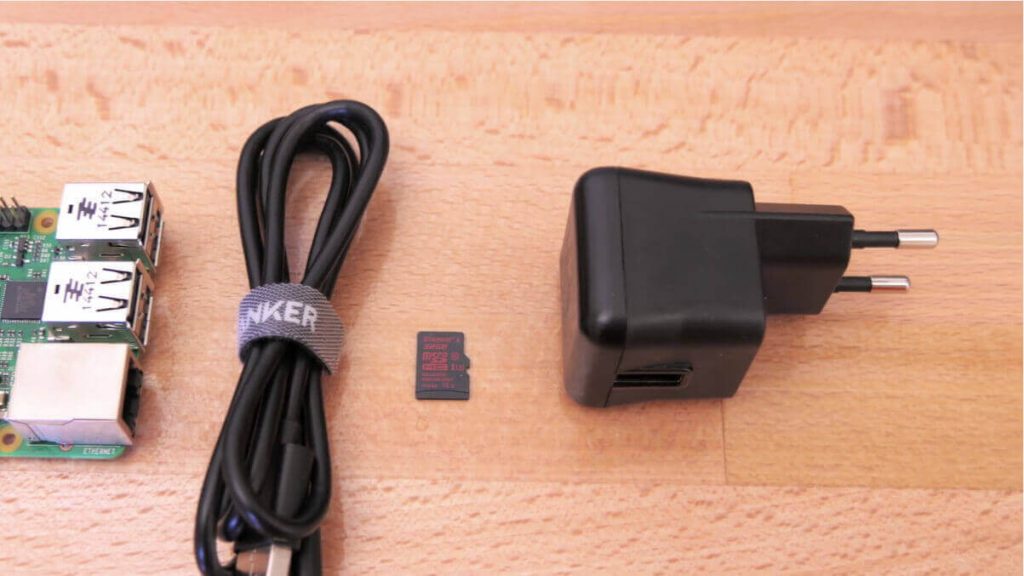
Some printers use other connectors, however thus, be sure to choose a Y-splitter cable that will work with your printer. My printer is the Creality Ender 3 and uses common XT60 connectors, so I used this extension cable. Control and monitoring To control the print process, use OctoPrint on a Raspberry Pi connected to your 3D printer. For these reasons, this is the method I'm going with. OctoPrint is a free open-source software, created and maintained by Gina Huge, that performs a multitude of useful 3D printingrelated tasks, including remote control of your printer, live video, and data collection. Additionally, it takes only seconds to revert the change if you'd like to undo your modifications. This method takes less time because no PSU disassembly is required. I recommend using some kind of Y-splitter cable to split the power out. By splice, I don't mean strip and use electrical tape. Method #2: Splice into the printer's existing (external) wiresįor this method, we can splice into one of the wires already coming out of your power supply. Note: Before opening your power supply, disconnect your printer's power and wait for any capacitors in the PSU to discharge. However, be sure that at least 2A is being output, or else you'll need to use another supply line. In this unlikely case, no voltage regulator is needed! You can skip forward and connect these lines directly to your Pi. If you're lucky, your PSU might have a separate 5V power output terminal.


There are basically two methods of tapping into your 3D printer's power supply: Method #1: Run a new power supply line from your PSUįor this method, open up your printer's power supply unit (PSU) and run a new positive (+) and negative (-) wire from one of the available slots. Before we can connect the LM2596 voltage regulator, we'll need to determine where the connection should take place.


 0 kommentar(er)
0 kommentar(er)
